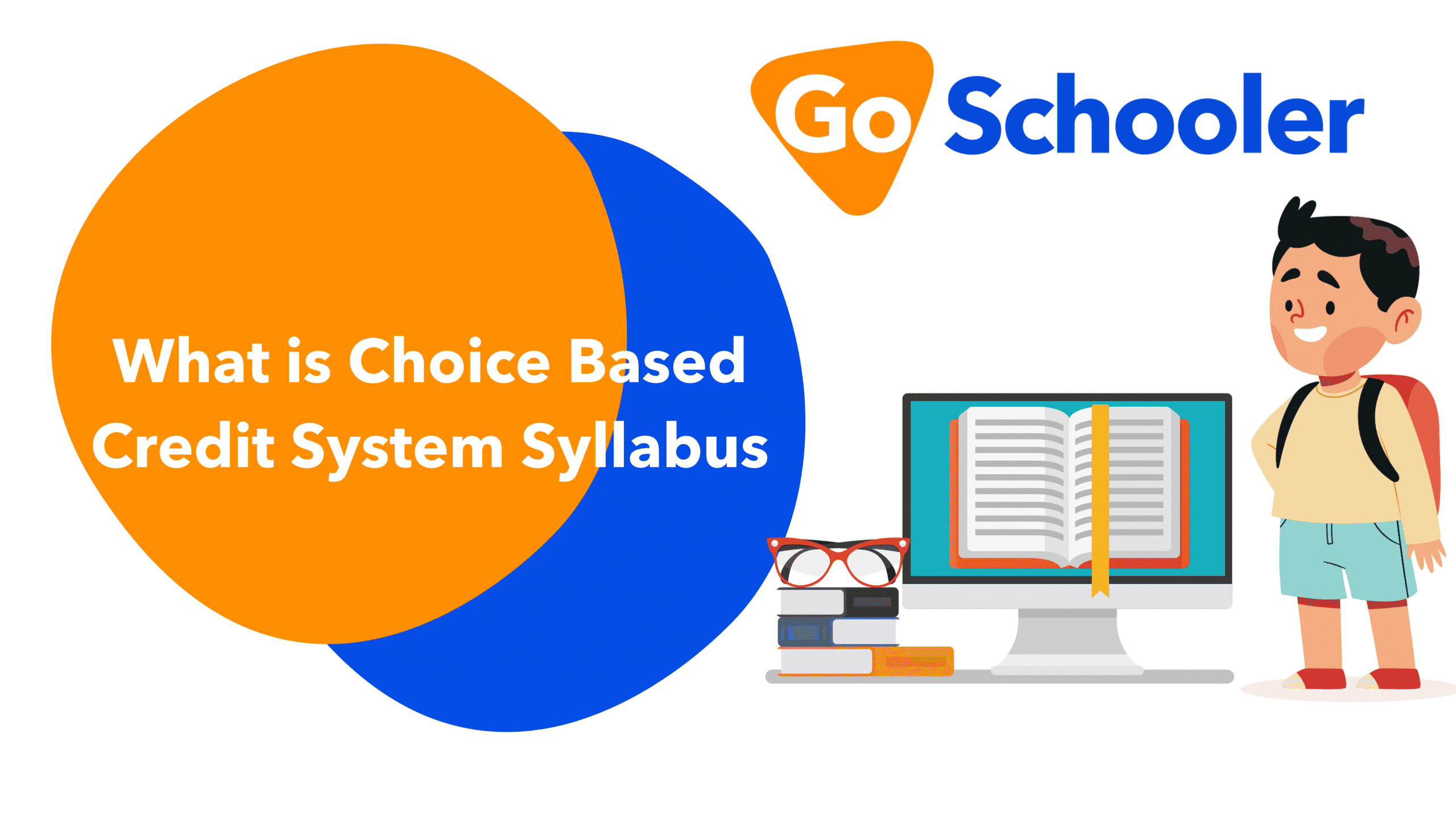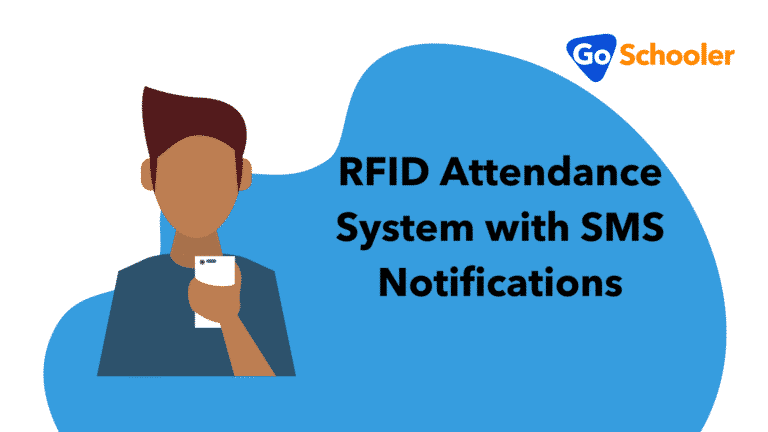Accessible high-quality education must be provided at all times and to everyone. That is because education serves as one of the most effective ways of upscaling one’s life. Through different approaches, such as a choice based credit system syllabus, education is made more effective.
In this article, we will talk about the choice based credit system. It is one approach or framework on how educational institutions carry out their curriculum.
Choice Based Credit System Syllabus
First, let us define what choice based credit system syllabus is.
Choice based credit system syllabus is an approach that deals with how students take their subjects. This is usually integrated into higher education systems. This method allows students to choose from a list of courses and decide what they want to take.
In this approach, students are given the freedom to pick courses from three categories. These categories are as follows:
- Core Courses – A subject that is considered compulsory to be studied by a student is called a Core Course.
- Elective – The theme of these subjects are more generic. These are usually available for students to be able to pick subjects that they are personally interested in. The scope of these courses would expose the students to different fields of study.
- Ability Enhancement Courses – this type of subject can be further categorized into two. One is the Ability Enhancement Compulsory Courses. This includes Environmental Sciences and English courses. While the other category is the Skill Enhancement Courses that provide value-based or skill-based knowledge.
Below are the key things that you have to know about the choice based credit system syllabus
Things to Know
Student-Centered
One of the most notable characteristics of this method is being student-centered or learner-centric. The choice based credit system syllabus gives the students the liberty to choose what they want to study.
This characteristic improves and enhances their decision-making skills. Further, it teaches them to be accountable for their choices. It also offers flexibility as they can study at different institutions at different times.
The credits that will be gained from one institution can be transferred and honor in another. That is why a uniform grading system is needed.
Uniform Grading System
The choice based credit system syllabus is composed of two consecutive semesters that would make up an academic year. The evaluation and final grading of students will be conducted by the end of each semester.
The University Grants Commission recommends the 10-point grading system below:

Students who will obtain a grade of F will have to reappear in the examination of the course. Non-credit courses will be guarded with “Satisfactory” and “Unsatisfactory”.
The universities will be allowed to decide the percentage of marks required to pass a specific course. However, they will be advised to do so with the guidance of statutory professionals or agencies.
Choosing Courses
The implementation of the choice based credit system syllabus can be done in two ways. These are the ballot system and the online approach. The method would depend on the number of students that will have to choose their subjects.
Ballot System
This method is used for a relatively smaller batch of students. At the start of each school period, students can choose their desired courses by putting their names in empty boxes corresponding to the courses they like.
The available courses depend on the availability of educators and UGC guidelines. The complete and final list of students per subject will then be digitized by the school.
Online Approach
This method is more applicable for a larger pool of students. There are various school management systems that can help schools administer this step.
The available courses will first be uploaded to the system. Then students will be given their login credentials to be used once enrollment is open. The choice-based credit system will be easier to implement with technology.
It would help school administrators offer available subjects and would make a more convenient time for students when choosing their desired courses. Tools like GoSchooler offer easy admission processes by automating stages such as choosing available courses.
The online approach can also be more efficient and productive as school administrators wouldn’t have to spend time digitizing the schedules. Online tools or management software automatically input all information and create a timetable both for the educators and students.
Further, online tools can also help in the grading system as these tools can easily generate evaluation reports.
Advantages
Holistic Education
As mentioned above, students are given the freedom to choose courses to form three different categories. These categories have different purposes of the theme of subjects.
These subjects do not only teach technical things but also the right attitude and personality traits. Today, a holistic approach to education is important as students can better apply what they have learned to real-life situations.
Gives Control to Students
It was also mentioned earlier that a choice based credit system syllabus offers students the freedom and liberty to choose. The choice based credit system syllabus removes or minimizes the control of parents or educators in choosing the academic path of children.
This enhances their decision-making skills which they can further utilize in the long run. Being in control of your choices would also teach you to be accountable for your decisions.
Clear and Uniform Grading System
Another advantage of this approach is that the reading system is laid out by the UGC. Therefore, the grading system across all universities will be uniformed or guided.
When the standards for passing are the same, students would be able to transfer to universities without the fear of repeating the courses they have already taken. So, the choice based credit system syllabus would be more convenient for the educational journey of the students.
FAQs
Why is choice based credit system syllabus beneficial?
How can students choose the courses they like to take?
Major Points
Today, there are different approaches to higher education. However, the advantages of the choice based credit system syllabus are undoubtedly beneficial to the growth of the students.
School institutions can integrate this method through the ballot system or using technological tools. For schools that are composed of a relatively large number of students, using a school management software is highly recommended.







